Gibson Audio, launched by the Gibson Guitar Corp. in May 2003, will introduce the Wurlitzer Digital Jukebox at the Consumer Electronics Show, to be held Jan. 8-11 in Las Vegas.
Two of the three Wurlitzer Digital Jukebox models – a floor-standing, all-in-one design featuring a Klipsch speaker system and a component version designed for integration into existing home entertainment equipment – enable users to store 1,000 CDs as Windows Media files and feature a wireless touchscreen remote control. Both will be priced for less than $2,000.
The third, which will sell for less than $1,000, is a tabletop model with a built-in touchscreen interface that stores up to 500 CDs.
When a CD is inserted, the jukebox captures and stores such information as the artist’s name, album and song titles and cover art.
Users can build personal playlists, create mix CDs, export songs to an MP3 player or distribute music to other Wurlitzer receivers in the home.
The Wurlitzer Digital Jukebox is expected to ship in late summer 2004. It provides access to the Wurlitzer Music Service, developed by Loudeye, which offers 100 channels of digital radio and a download store.
“From a functional perspective, I would say it’s light-years ahead of anything on the market,” says Kris Carter, president of Gibson Audio.
“It basically gives you all the types of functionality that you could have on an iTunes or Musicmatch jukebox on a computer, except it puts it in a small device in your hand where you can sit in your normal entertainment space, as opposed to a computer,” Carter says. “We’re big believers in ‘Music belongs where music belongs,’ which is in your living room.”
Gibson Guitar Corp. chairman/CEO Henry Juszkiewicz says the Wurlitzer Digital Jukebox is a result of Gibson’s longstanding interest and investment in technology.
Pricing for the optional Wurlitzer Music Service is not final, but it will be subscription-based at $10 to $25 per month. A broadband Internet connection is required for the service.
“That’s controversial, because virtually everyone else has accommodated modem,” Juszkiewicz says. “To us, it’s about the customer.”
“Your No. 1 customer, particularly in a slightly more expensive consumer electronics item, is going to be an affluent individual. Dealing with modem access makes it a much more difficult and less simple experience,” he notes.
Because there are currently 22 million households that have broadband, “we’ll have a pretty rich market to draw from,” Juszkiewicz points out.
Meanwhile, Carter underscores the “everyman” appeal of the product.
“We’re going after Baby Boomers, Gen X’ers who are familiar with digital music and what it can do. We’re trying to give them a package that is simple enough that anybody can use it and priced low enough that it can be available to them from regular big box-type retail channels,” he says.

